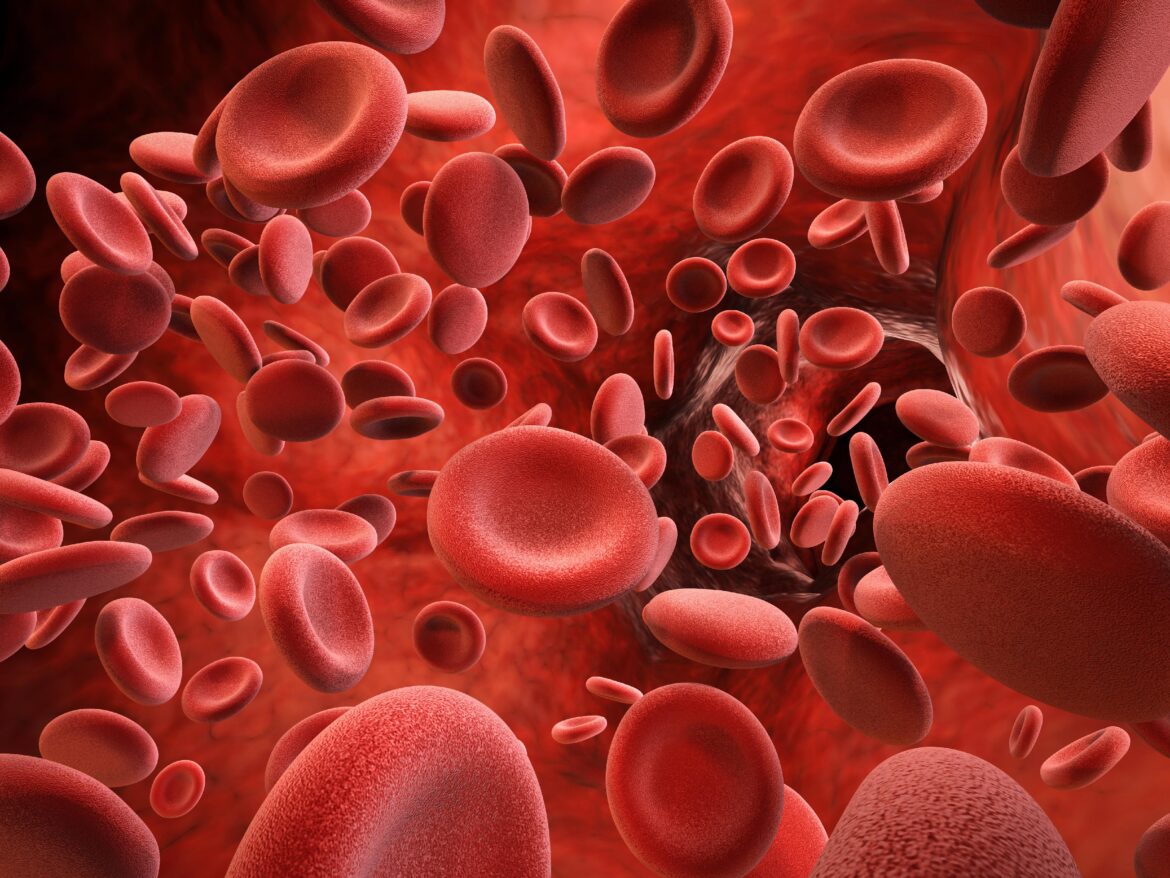A recent study has revealed a growing mental health crisis among teenagers globally, with nearly three-quarters of adolescents experiencing significant symptoms of depression or anxiety. Conducted by the Murdoch Children’s Research Institute (MCRI) and published in The Lancet Psychiatry, the research emphasizes the urgent need for preventive strategies that go beyond clinical care. This study highlights the widespread nature of mental health issues in adolescence and their long-term impact on overall well-being.
Study Methodology and Findings
The research tracked 1,239 children from Melbourne, who were part of the Child to Adult Transition Study (CATS), and followed their mental health from childhood through their teenage years. The study found that 75% of adolescents reported experiencing significant symptoms of depression or anxiety at least once during their adolescence. More concerning, 64% of adolescents experienced chronic mental health symptoms, reporting them multiple times between the ages of 10 and 18. This indicates that many young people are not just dealing with isolated episodes but are facing ongoing mental health challenges.
Long-Term Impacts of Adolescent Mental Health Issues
The long-term impact of mental health issues during adolescence is alarming. Dr. Ellie Robson, a key researcher from MCRI, highlighted the lasting consequences these chronic symptoms can have on young people. “These are striking findings, particularly given how these recurring symptoms impact young people’s functioning and have lasting health consequences,” Dr. Robson said. Mental health struggles in adolescence can continue into adulthood, affecting various aspects of life, such as education, employment, and social relationships. This underscores the need for early intervention and sustained support to mitigate the long-term effects of these challenges.
Gender Differences in Mental Health Prevalence
The study also uncovered significant gender differences in the prevalence of mental health issues. Girls were found to be more vulnerable to depression and anxiety than boys. According to the research, 84% of girls experienced these mental health symptoms at least once during adolescence, compared to 61% of boys. Additionally, girls were more likely to experience chronic symptoms, with 72% reporting recurring mental health issues compared to 49% of boys. This suggests that girls may be more prone to persistent mental health problems, highlighting the need for targeted support and interventions for this group.
Stressful Transitions and Peak Mental Health Struggles
One of the key findings of the study was that anxiety and depression symptoms often peaked during high-stress periods, such as the transition from primary to secondary school, during exam seasons, and at the end of schooling. These milestones in an adolescent’s life often bring about significant changes and pressure, which can exacerbate underlying mental health issues. Recognizing these high-risk periods is essential for providing appropriate support and intervention, helping to reduce the potential for mental health problems to escalate during these critical times.
The COVID-19 Pandemic’s Role in Mental Health Issues
Another important aspect of the study was its exploration of the impact of the COVID-19 pandemic on adolescent mental health. The study found that 75% of teens who struggled with mental health issues during the pandemic had already exhibited symptoms before the pandemic began. This suggests that while the pandemic may have amplified existing mental health challenges, it was not the primary cause of the crisis. Instead, the findings indicate that the mental health struggles facing adolescents globally predate the pandemic, and these issues were exacerbated by the isolation, disruption to education, and general uncertainty associated with the COVID-19 crisis.
The Urgent Need for Preventive Strategies
Professor Susan Sawyer, a senior researcher at MCRI, stressed the global significance of the findings and the urgent need for action. “This level of mental health challenges would overwhelm even the best-resourced health systems if every young person sought help,” she said. The scale of the mental health crisis calls for a shift in focus from reactive clinical care to proactive, preventive strategies that address the root causes of mental health problems in young people. By investing in preventive measures, we can help reduce the onset and persistence of mental health symptoms, ultimately improving the long-term well-being of adolescents.
The Role of Mental Health Awareness and Stigma Reduction
Dr. Robson also noted that modern changes in the psychosocial environment, such as increased mental health awareness and reduced stigma, may be contributing to the way adolescents experience and report their symptoms. While greater awareness has led to better recognition of mental health issues, it has also revealed the extent of the problem. Teens are more aware of their mental health struggles and are more likely to report symptoms, which, while a positive development, also highlights the need for greater support and resources to address these challenges effectively.
Broader Research Efforts and Future Interventions
The study is part of a broader effort to better understand the mental health challenges faced by today’s youth. One such initiative is GenV, one of the largest birth and parent cohort studies in the world, which is tracking the health of nearly 50,000 babies and their families in Victoria. By uncovering further insights into the mental health challenges of today’s youth, GenV aims to inform future interventions and policies. The goal is to ensure that young people receive the support they need to manage their mental health and lead fulfilling lives.
Addressing the Mental Health Crisis: A Call to Action
The rising incidence of mental health issues among adolescents highlights the need for immediate and sustained action. As the study demonstrates, nearly three-quarters of teenagers are experiencing significant mental health struggles, and many face long-term consequences as a result. To address this crisis, it is crucial to invest in preventive strategies, provide targeted support for vulnerable groups like girls, and focus on addressing environmental stressors that exacerbate mental health issues. By prioritizing mental health in adolescence, we can help ensure that young people are better equipped to navigate the challenges they face and lead healthier, more fulfilling lives.










